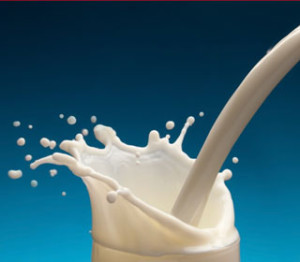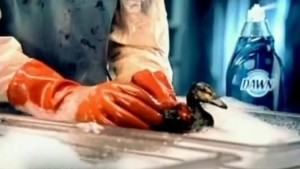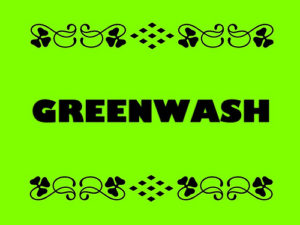Additives in food have been around for thousands of years. The most widely used food additives in North America include sugar, salt and corn syrup. In total, nearly 3000 substances are used as food additives. Another 12,000 find their way into our food supply indirectly, including pesticides!
With thousands of additives, how do we know which ones are safe? Most of us don’t have hours on end to read all the labels on food products in the grocery store. All products surely contain some form of food additive…even food products known to be “organic”. After all, the organic food industry makes 30-billion-a-year, so tweaking the standards and rules is only fair game for most of the big players.
Recently, one of the largest Organic and Standards Programs in the United States was questioned.[i] As their board started to include more of corporate America’s fortune 500 companies, the ingredients that were becoming acceptable on the list of “certified organic” products became questionable.





